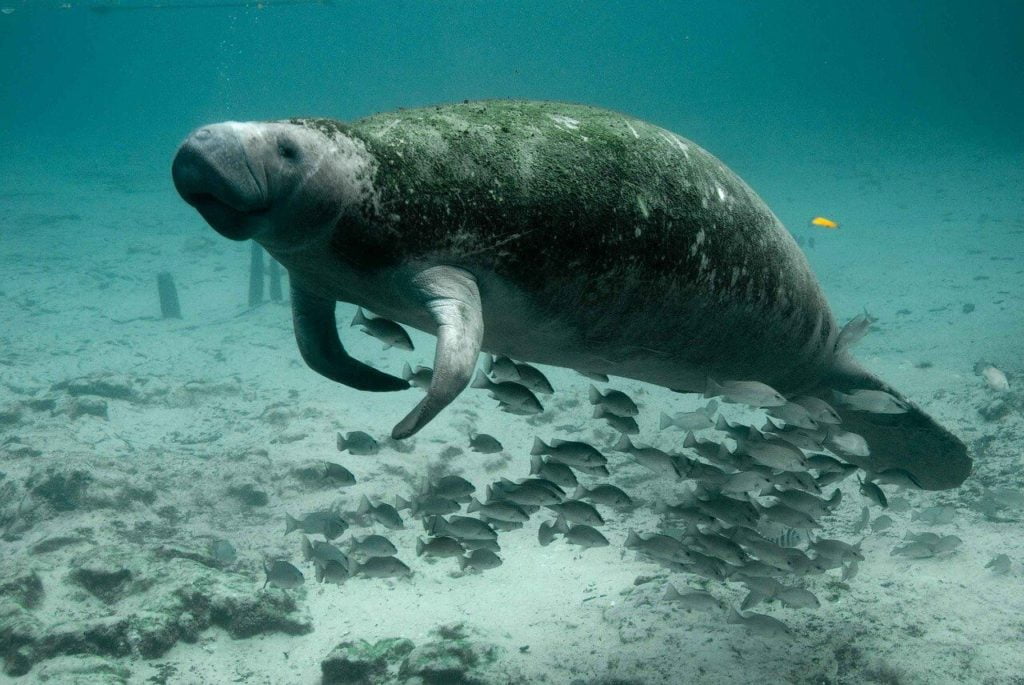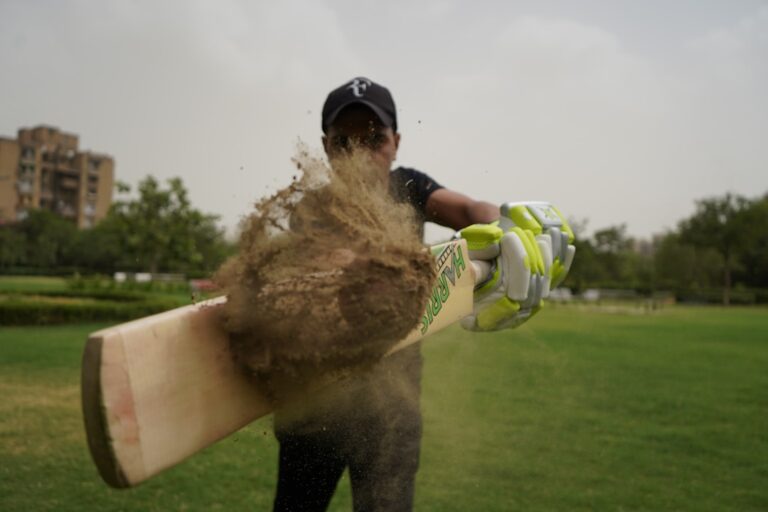Fewer places are as much fun for snorkeling as South Florida. The water temperatures are warm, the waters are clear, and the sea teems with fish and other marine wildlife just waiting to be seen. It’s a lot more fun when you know what you’re looking at, so here are 10 species of marine life you’re likely to see when you go snorkeling near West Palm Beach.
Stoplight parrotfish

This fish can change sex at will. When it is still in its initial phase and could be either male or female, the fish has white scales on its underside, which it can change to red almost instantly — giving rise to its name. Look for them between 5 and 15 feet down.
Manatee

Florida is famous for these giant sea cows. The gentle giants feed on the all kinds of marine plants, using their flippers to “walk” along the sea surface as they graze.
Gray angelfish

The gray angelfish can be found in very shallow water where it loves to feed on sponges. Look for its characteristic round body, swooping back fin, and black speckled body. Some have a yellow spot near the gills.
Spottail pinfish

This unusually named little creature is also sometimes known as a seabream. Most spottails are gray with one black spot near the base of the tail. This is a schooling fish you can expect to see in shallow water. It loves to feed on small invertebrates and vegetation on the seafloor. You might see it swimming with other fish as it is peaceful and social.
Flat needlefish

Flat needlefish are abundant, and you’re likely to see one on your Peanut Island snorkeling adventure. These fish look quite flat (hence their name) with greenish blue backs and a white stomach. Look for vertical bars running up the side of this fish and for the characteristic red-tipped fins.
Slippery dick

The slippery dick is a small wrasse that you’ll find in various colors. These fish start out white with a pink tinge and a dark stripe running from eye to tail. They turn green with the same long dark stripe when they get older.
Cocoa damselfish

This is a striking fish that you won’t be able to miss if it’s around. These little damselfish are bright blue on top and yellow to a rich gold on the bottom. They tend to swim alone and feed on everything the coral reef has to offer. Expect to see them anywhere from just beneath the surface to 90 feet down.
Puddingwife wrasse

This is a fish you definitely want to watch out for. The young ones stay between 3 to 16 feet below the surface, though the adults can be harder to spot. These gorgeous fish will live in lagoons or on reefs and are a brilliant turquoise blue with gold accents.
Bluehead wrasse

This wrasse lives only a couple years but performs an essential function: cleaning the reefs where they live. The juveniles and females are bright yellow on top and white beneath and may have a green lateral stripe. Older males and some of the larger females will change color and present with a bright blue head and black and white bars behind the head.
Princess parrotfish

This fish has earned its beautiful name with a beautiful look. These fish are a torpedo-shaped and are particularly colorful. At night they may make cocoons out of mucus to sleep in, and during the day they can be found feeding on algae. The bodies are bluish green with blue and green stripes, while the borders of their tails are a lovely orange or pink.
You can see plenty more fish to be seen in the beautiful waters around the Palm Beach Florida area. Whenever you go, you’re sure to see beautiful fish, amazing coral reefs, and underwater views you’ll never forget.




